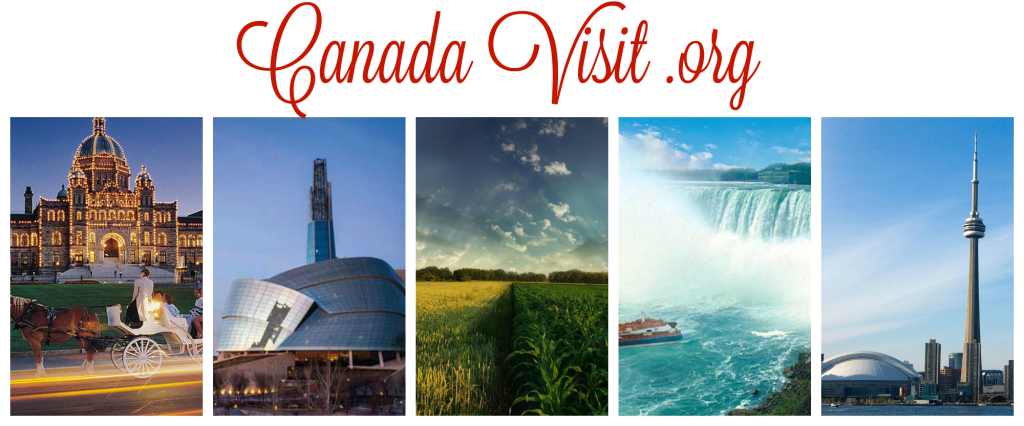Ellesmere Island is the largest of the Queen Elizabeth Islands in the Canadian Arctic Archipelago. Belonging to the Nunavut territory of Canada, Ellesmere is located off the northwest coast of Greenland. Its Cape Columbia is the most northerly point of land in Canada. The world’s tenth largest island at 75,767 square miles (196,236 square km), it is Canada’s third largest. The Arctic Cordillera mountain system covers much of Ellesmere Island, making it the most rugged island in the archipelago, with vast ice fields and deeply indented coastlines. Nunavut’s highest point, Barbeau Peak, reaches an elevation of 8,583 feet (2,616 meters).
More than one-fifth of the island has been turned into a national park. Quttinirpaaq National Park, in Inuktitut language, means “top of the world.” The physical geography of Ellesmere Island is stunning, with breathtaking scenery and enchanting wildlife. Due to the lack of industrialization, its Arctic air is among the clearest on Earth. Though much of the island is ice or snow covered, the vegetation of its snow-free areas supports herds of musk oxen, caribou, and polar bears, as well as the Arctic Hare and birds such as the majestic Artic Tern.
The population is concentrated in three small settlements (Eureka, Grise Ford [Aujuittuq], and Alert) and a weather station and military outpost—the northernmost community in North America. The combined population of these settlements is less than 200. However, there are those who venture here time and again, to conquer what is affectionately called the “Horizontal Himalayas.”
History of Ellesmere Island
Barbeau Peak, named for Dr. Marius Barbeau, a Canadian anthropologist and characterized by deep and long crevasses, razor thin ridges and highly variable and volatile weather, is the highest mountain within the British Empire Range as well as the Arctic Cordillera.
The first inhabitants of Ellesmere Island were small bands of Inuit drawn to the area for Peary Caribou, muskox, and marine mammal hunting in approximately 1000-2000 B.C.E.
As was the case for the Dorset (or Palaeoeskimo) hunters and the pioneering Neoeskimos, the Post-Ruin Island and Late-Thule-culture Inuit used the Bache Peninsula region extensively both summer and winter until environmental, ecological and possibly social circumstances caused the area to be abandoned. It was the last region in the Canadian High Arctic to be depopulated during the “Little Ice Age,” attesting to its general economic importance as part of the Smith Sound culture sphere of which it was occasionally a part and sometimes the principal settlement component.[2]
Vikings, likely from the Greenland colonies, reached Ellesmere Island, Skraeling Island and Ruin Island during hunting and trading (with the Inuit groups) expeditions. Unusual structures on Bache peninsula are believed to be the remains of a late-period Dorset stone longhouse.
The first European to sight the island after the Little Ice Age was William Baffin, in 1616. It was named in 1852, by Edward Inglefield’s expedition after Francis Egerton, 1st Earl of Ellesmere. The American expedition led by Adolphus Greely, in 1881, crossed the island from east to west. The Greely expedition found fossil forests on Ellesmere Island in the late 1880s. Stenkul Fiord was first explored in 1902, by Per Schei, a member of Otto Sverdrup’s 2nd Norwegian Polar Expedition.
The Ellesmere ice shelf was documented by the British Arctic Expedition of 1875-76, in which Lieutenant Pelham Aldrich’s party went from Cape Sheridan (82.47°N, 61.50°W) west to Cape Alert (82.27°N, 85.55°W), including the Ward Hunt Ice Shelf. In 1906, Robert E. Peary led an expedition in northern Ellesmere Island, from Cape Sheridan along the coast to the western side of Nansen Sound (93°W). During Peary’s expedition, the Ice Shelf was continuous; a modern estimate is that it covered 8,900 km² (3,400 sq mi).
article from https://www.newworldencyclopedia.org/
visit us at canadavisit.org

